Correct Tattoo Aftercare: The Complete Guide (2025)
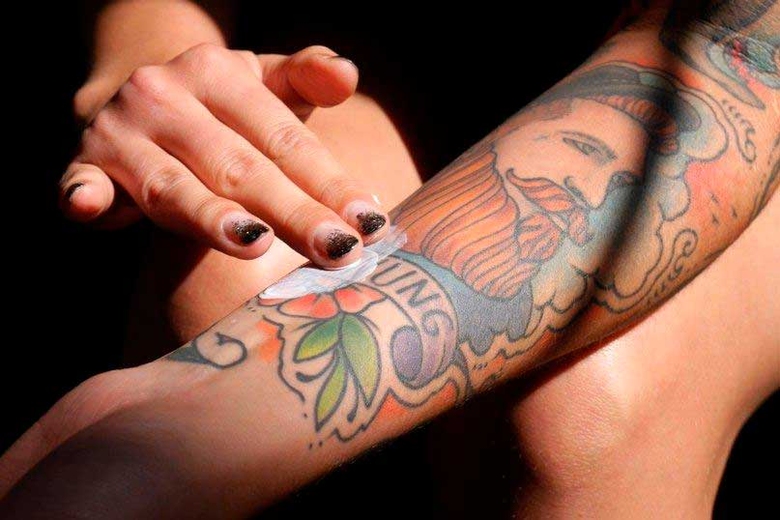
Content:
Every person, when getting a tattoo, strives to preserve it in its original condition for as long as possible. And while during the session the quality of the tattoo depends directly on the skill and professionalism of the tattoo artist, after leaving the salon, all responsibility for preserving the tattoo lies on your shoulders.
Your tattoo is not just a drawing under the skin, but a sterile second‑degree (II A) burn wound. How well you help it heal will determine the brightness of the colors, the clarity of the lines, and the absence of scars for years to come.
It is important to remember that tattoo care begins immediately after the session ends. If there are multiple tattoo sessions, the aftercare procedure should be repeated after each one.
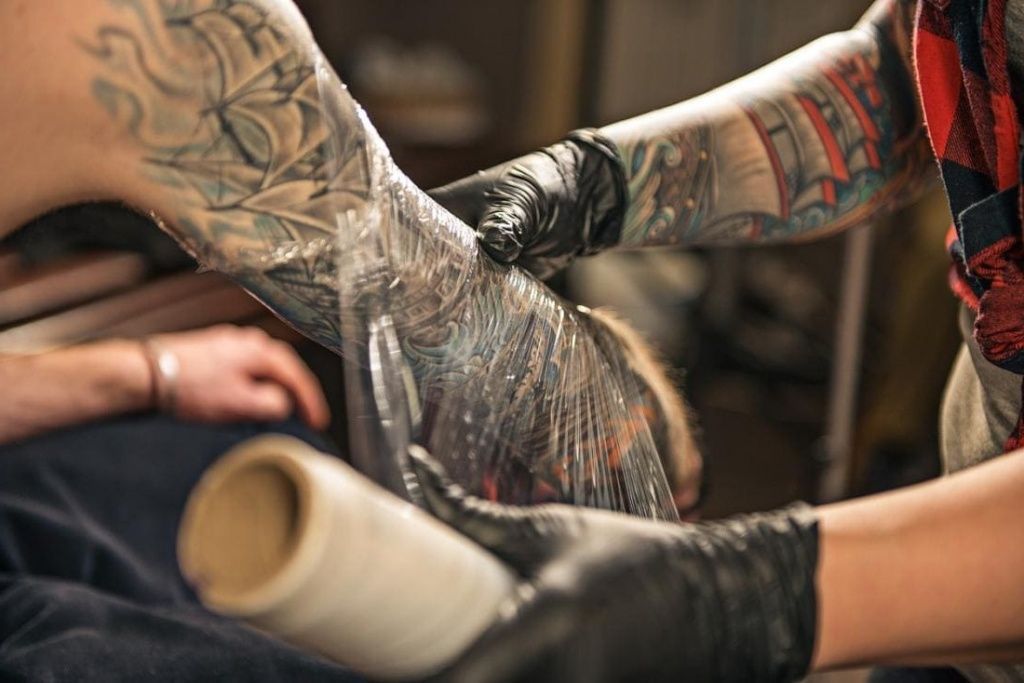
After the session ends, the tattoo artist removes excess pigment and serous fluid, rinsing the tattooed area with an antiseptic solution. After that, depending on the agreement and the list of services included in the session, the artist applies a film (usually a type of plastic wrap), fixes it to the skin with adhesive tape, and sends you home.
The plastic wrap is recommended to be worn for no more than 2 hours after application. Remove the wrap immediately upon arriving home.
First 24 Hours After Your Tattoo: Step-by-Step Essentials
The first 24 hours are crucial for proper healing. Learn how to clean, protect, and monitor your fresh tattoo to avoid complications.
Always Wash Your Hands Before Touching the Tattoo
Hygiene is the foundation of tattoo aftercare. Dirty hands can cause infections or slow down healing.
Before each contact with a new tattoo, be sure to wash your hands thoroughly with antibacterial soap and, if possible, treat them with an alcohol‑based antiseptic. This significantly reduces the risk of infection.
How to Use Tattoo Film for Faster Healing
Tattoo film protects against bacteria and accelerates recovery. Discover when and how to use it properly.
Progress does not stand still, which means there are now various types of specialized tattoo healing films on the market that make aftercare easier for people who are studying or going to work during the healing period.
We have already written about such films in one of our previous articles, so here we will just briefly remind you of their practical application.
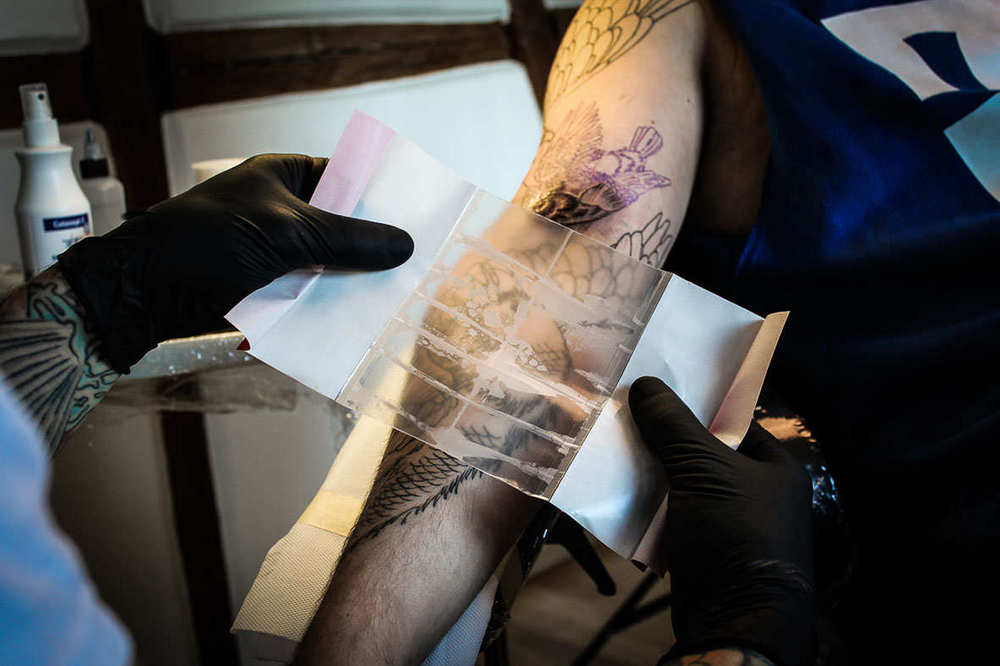
- Specialized films for tattoo aftercare are sold at studios and tattoo supply stores.
- You can shower with the film on, as it does not let water through. It is important to remember that you should absolutely avoid steaming the tattoo.
- The film is breathable. In other words, it does not allow water to enter, but it allows air through.
- In the first days, fluid may accumulate under the film. This is normal. Do not break the integrity of the film under any circumstances. This could cause infection. After a couple of days, the wound will dry without your intervention.
- Depending on the manufacturer, the duration of wearing the film varies, on average it is 4‑5 days.
Classic Tattoo Aftercare: Washing, Creams, and Pads
Traditional healing involves gentle washing, ointment application, and breathable bandages. Here's the routine.
The classic method uses more accessible materials, such as ordinary absorbent baby pads, antibacterial soap, paper towels, and a healing cream/ointment.

The sequence of actions for tattoo healing in the first days:
Upon arriving home, remove the wrap and wash the tattoo under running water using a small amount of antibacterial soap. You should not apply excessive pressure to the skin when washing the tattoo. Rinse all fluid emerging from beneath the skin with smooth and gentle motions. Do not worry, you will not wash anything away unnecessarily.
After rinsing, pat the tattoo dry with a paper towel and let it air dry. Rubbing a fresh tattoo is strictly prohibited.
Once dry, apply a healing cream/ointment to the wound and cover it with a baby pad.
Repeat this procedure every 3–4 hours for the first three days of healing.
After the tattoo is covered with a thin film (similar to what occurs with a sunburn), you can stop using the pad, but continue thoroughly moisturizing the tattoo with a healing cream/ointment.
Signs of Infection: When to See a Doctor
Redness, pus, or prolonged pain may signal infection. Learn how to recognize dangerous symptoms early.
Pay attention to the signs of infection:
| Symptom | Normal | Danger |
|---|---|---|
| Redness | ≤ 1 cm around the edge | Spreads quickly, skin is hot |
| Discharge | Clear serous fluid | Yellow‑green pus, odor |
| Pain | Decreases daily | Throbbing, intensifying |
| Temperature | ≤ 37.5 °C locally | General > 38 °C |
| Swelling | Light, even | Sharp, one‑sided |
If any of these signs appear, seek medical attention immediately.
Long-Term Aftercare: Moisturizing, Protection & Habits
Tattoo care doesn’t stop after a week. Keep your ink fresh with hydration and UV protection.
If specialized film has been used, after its removal the ongoing healing process does not differ from the classic method.
- If itching occurs, do not scratch the tattoo under any circumstances.
- If scabs form, do not pick at them—this may cause infection. Simply continue applying healing cream/ointment.
- Continue washing the tattoo with warm water and antibacterial soap 2–3 times a day.
- For moisturization, use only healing creams/ointments. These may be pharmacy creams containing panthenol or specialized tattoo‑healing products.
- Do not overapply the cream/ointment. The tattoo should be covered with a thin layer.
- The entire process will take from 10 to 20 days, depending on the size of the tattoo and the area where it was applied.
What to Avoid During Tattoo Healing
Swimming, sun exposure, and tight clothing can damage your healing tattoo. Find out what habits to skip for a perfect result.
Throughout the entire healing process, and for the following 2–3 months, avoid exposure to direct sunlight. Although after a couple of weeks your tattoo will appear healed, the skin protecting it remains delicate and fragile to external influences.
Sunlight can diminish pigment brightness, meaning your tattoo may be paler than you would like. One professional recommendation is that when going out into the sun, always cover your tattoo with clothing or apply a high‑SPF sunscreen, for example SPF 50+.
You absolutely must not steam the tattoo. This excludes hot showers or baths. After the tattoo has fully healed, you can once again enjoy water procedures as before.
During the healing process, you must absolutely not swim in open bodies of water or pools. This carries a risk of infection.
In the first days and during ongoing healing you should refrain from wearing clothing made from synthetic fibers. These can cause steaming and may irritate the tattooed area. If you are using the classic method, do not forget to monitor whether the bandage is leaking. Also, tight clothing is not recommended, as it blocks oxygen needed for healing.
During healing, you should avoid physical exercise. Physical exertion includes: going to the gym, lifting weights, active physical activities. Physical exertion negatively affects the rate of skin regeneration, thereby prolonging the healing period of the tattoo.
During the healing period, you must abstain from consuming alcohol and taking medications from the groups of antiplatelet agents (aspirin, Curantil, etc.) and anticoagulants (heparin, warfarin, etc.).
Do not wipe the skin with alcohol‑containing products.

Tattoo Care After Healing: How to Keep It Vibrant
Proper long-term care helps your tattoo stay bright and clear for years. Discover the key daily habits and mistakes to avoid.
This information is particularly relevant for summer, when we all remove endless layers of clothing and enjoy the sun. But regarding tattoos, the sun is a real enemy, and you should be prepared for its encounter so that the tattoo will delight you for many years.
When going out in the sun, use sunscreen with a high SPF level or cover the tattoo with clothing. This will preserve the original appearance of the tattoo for as long as possible.
Watch for damage to the skin. Deep cuts may disrupt the integrity of the design. In such a case, you should contact your artist for a touch‑up.
Try to avoid contact of tattooed skin with household chemicals.
Eat foods containing vitamin E and drink plenty of water. Such foods include, for example: nuts, avocado, shrimp, tomatoes, spinach, broccoli, and vegetable oils. This will help maintain the tattoo’s brightness.

Frequently Asked Questions
How long should you keep the wrap on after a tattoo session?
Ordinary plastic wrap — max 2 h; medical “second-skin” — 4-5 days.
When can you wash the tattoo for the first time?
Right after removing the wrap: warm water + mild antibacterial soap, no sponge.
How often should you apply ointment in the first three days?
Every 3-4 h in a thin layer. Sanitise hands before each application.
When should you stop using bandages?
After a thin film-like peel forms (day 3-4). Keep moisturising afterward.
How long does a tattoo take to heal?
Visibly — 10-20 days; full dermal recovery — 3-4 months.
What should you avoid during tattoo healing?
Sauna, steam bath, hot bath, swimming, tanning bed, synthetics, picking scabs, alcohol.
When can you swim in the sea or pool?
After full healing — at least 2-3 weeks later.
How should you sleep with a fresh tattoo?
Avoid lying on the tattoo; use clean linens and, if needed, keep a protective wrap.
Can you treat the tattoo with chlorhexidine or miramistin?
Yes, both work as antiseptics; limit use to avoid drying. Always reapply a healing ointment afterward.
How to care for a tattoo while traveling?
Carry sterile wipes, antiseptic, healing ointment, and wraps. Treat every 3-4 h on the go.
How to prepare for your first tattoo session?
Get healing ointment, wipes, antibacterial soap, wraps; sleep well, eat, avoid alcohol.
When can you work out after getting a tattoo?
Light cardio after 5-7 days; heavy lifting only once fully healed (≈3 weeks+).
Do you need to protect a healed tattoo from the sun?
Yes. Use SPF 50+ to prevent fading; reapply every 2 h in direct sunlight.

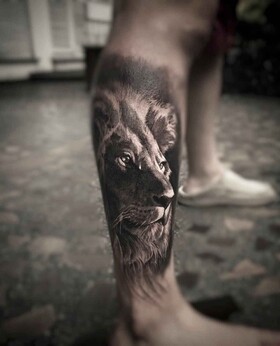
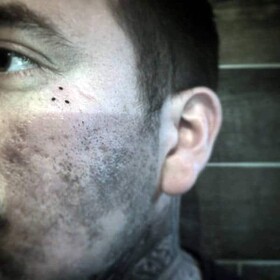
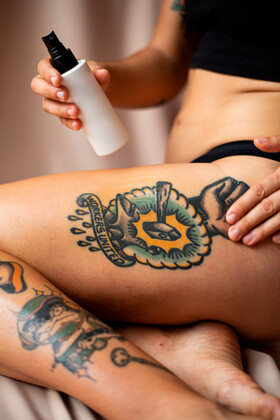
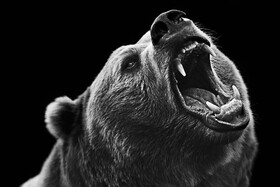

Comments (0)